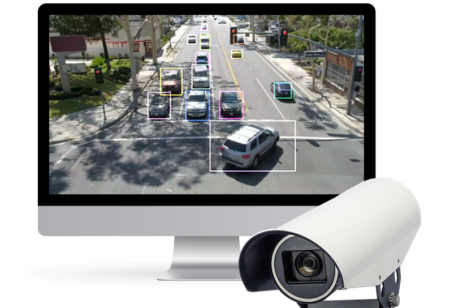New traffic analysis methods, that for the first time used qualitative, segmented origin and destination data, have been put to work in Melbourne, Australia, by Intelematics, in order to assess traffic reductions during the Covid-19 lockdown.
The quantitative analysis showed up to an 88% reduction in trips in March 2020; with 28 March 2020 recording only 12% of traffic compared to the average March peak. The qualitative research also found that Melbournians were spending up to 70% less time travelling per trip which is a clear indication that people are abiding by the Government’s recommendation to only travel for essentials.
“What was interesting about the Covid-19 traffic study was that this was the first time we had used qualitative traffic data by looking at trip origins and destinations. This new way of analysing traffic data allows us to conduct a much more granular analysis than ever before,” says John Cardoso, senior product manager at Intelematics. “Our historical road traffic data allows for decision-makers to have access to better quality information, which hopefully will lead to better outcomes,”
A further analysis was done for Melbourne’s Hoddle Street continuous flow intersection – the first of its type in Victoria. Intelematics’ qualitative data was able to demonstrate that congestion reduced by 14 per cent thanks to the upgrade, before the coronavirus lockdown.
Intelematics has been processing traffic data for over a decade from thousands of sensors in roads and infrastructure, probe vehicles and more is now delivering accurate historical data, available in 15-minute intervals which can be analysed by month, year, suburb and street name, through its online data store.
“Our traffic data has been widely used by drivers, vehicle manufacturers, auto clubs, emergency services and government departments for over a decade. Now we are broadening its use, to those who plan, deliver and manage leading infrastructure projects, like engineers and policymakers, who can also benefit from accurate historical data,” says Cardoso. “Before any traffic, transport or infrastructure project can commence, it is important to collect and analyse traffic volume and queue information, average speed, and origin and destination information for the project’s location and the surrounding area. Engineers and policymakers can now more efficiently collect vital traffic information, almost instantly from the comfort of their own homes.”





